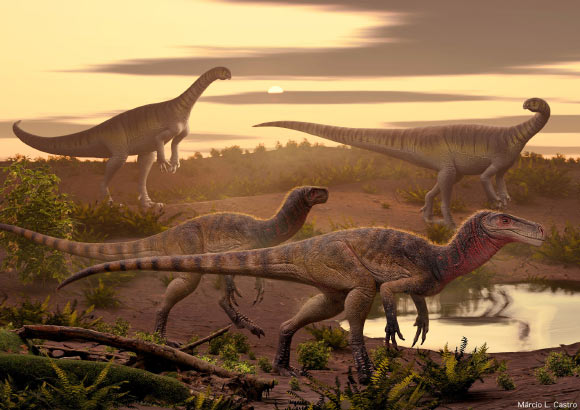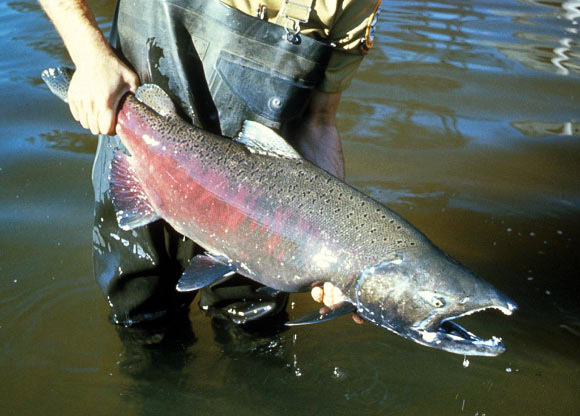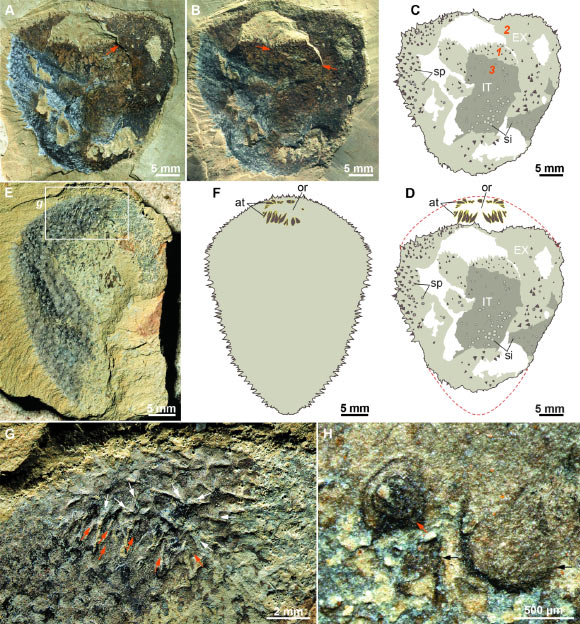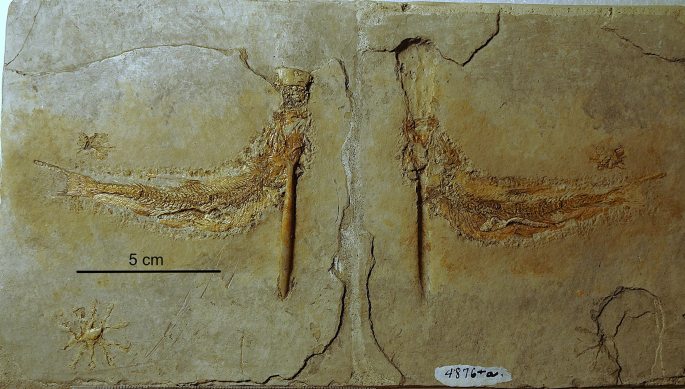The newly-identified species fills a temporal gap between South American herrerasaurid dinosaurs and their younger relatives from North America.
Life reconstruction of Maleriraptor kuttyi with the unaysaurid sauropodomorph Jaklapallisaurus…

The newly-identified species fills a temporal gap between South American herrerasaurid dinosaurs and their younger relatives from North America.
Life reconstruction of Maleriraptor kuttyi with the unaysaurid sauropodomorph Jaklapallisaurus…

New archaeological research by Tulane University and the Proyecto Templo Mayor in Mexico reveals how obsidian — a volcanic glass used for tools and ceremonial objects and one of the most important raw materials in pre-Columbian times — moved…

Cicadidae is one of the most species-rich insect families today. However, compared to the number of living species, fossil records of Cicadidae are extremely limited. The newly-discovered species, Eoplatypleura messelensis, not only represents…

Paleontologists have found the fossils of three new fish species — including the earliest known salmonid fish, Sivulliusalmo alaskensis — at the Prince Creek Formation of northern Alaska, the United States.
The Chinook salmon (Oncorhynchus…

For the first time, scientists have discovered fossil evidence of an endangered, living tropical tree species. The unprecedented find was made in Brunei, a country on the large island of Borneo, and reveals a critical piece of the ancient history…

Initially interpreted as a primitive Cambrian mollusk, Shishania aculeata — a 500-million-year-old spine-covered fossil found in China’s Yunnan province — is in fact a distant relative of sponge-like creatures known as chancelloriids,…

The genus Tharsis is among the most common fish in the Eichstätt and Solnhofen Basins of the Solnhofen Archipelago, with around 26% of the entire fish fauna20. In these two localities, juvenile and subadult specimens of Tharsis are found…

The genus Tyrannosaurus most likely arose in North America, although its direct ancestors migrated over from Asia more than 70 million years ago, according to a new study led by University College London paleontologists.
Tyrannosaurus rex…

The best jaw for hunting fast fish is long and full of sharp teeth.
This makes sense to us, but it also makes sense in nature: New fossil evidence from Virginia Tech geoscientists revealed that different species of predatory fish independently…

Burke, K. D. et al. Pliocene and Eocene provide best analogs for near-future climates. Proc. Natl. Acad. Sci. USA 115, 13288–13293 (2018).
Google Scholar
Zachos, J., Pagani, M.,…